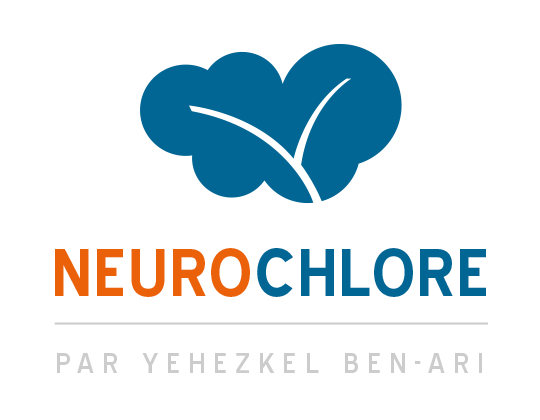News
The diuretic Bumetanide and the birth hormone Oxytocin point to a common pathway in the early pathogenesis of Autism in rodents
The scientific community agrees on the early origin – fetal and/or early postnatal – of autism. The teams of Yehezkel Ben-Ari (CEO of Neurochlore and Emeritus Research Director at Inserm) at Neurochlore and at the Mediterranean Neurobiology Institute (Inmed), have just taken a new step in understanding the early manifestations of the disease. The researchers show in an article published in Science1 that the GABA developmental sequence is altered in two rodent models of autism. In control conditions, the activity of GABA, the main inhibitory neurotransmitter in the brain, follows a developmental sequence with GABA exciting neurons through type A GABA receptors (GABAAR) in early development and inhibiting them later in life, with a transient oxytocin-dependent inhibitory action during the critical period of birth. Ben-Ari’s teams show that in VPA rat and Fragile-X mouse models of autism, GABA’s action is excitatory at birth and remains so until two-weeks postnatally, when its activity should be inhibitory. GABA’s activity is dependent on the intracellular chloride concentration ([Cl–]i) in neurons: when the concentration is high, GABA excites neurons, and when it is low, GABA inhibits them. The results in the rodent models of autism suggest that [Cl–]i is high and remain high from birth. Treating the pregnant rodents one day before birth with Bumetanide, a diuretic and highly specific chloride importer inhibitor, restores the inhibitory shift at P15 in the offspring. These results provide a substrate to the successful phase II clinical trial to treat Autism with the diuretic in 20122.
References : 1. Tyzio R. et al. Oxytocin-mediated GABA inhibition during delivery attenuates Autism pathogenesis in Rodent Offspring. Science. 2014, 343(6171):675-679. Doi: 10.1126/science.1247190 2. Lemonnier E. et al. A randomised controlled trial of bumetanide in the treatment of autism in children. Translational Psychiatry. 2012, 2(12):e202. Doi: 10.1038/tp.2012.124
Scientific papers
- Smaller brain volumes after birth by Cesarean Section 24 March 2021
- The GABA developmental sequence is altered in a mouse model of Rett Syndrome 26 June 2019
- No stop-growing signal around birth in a rodent model of autism 24 January 2019
- Immune activation during gestation leads to hippocampal neuronal alterations already at birth 4 November 2018
- A promising multicenter trial to alleviate autistic disorders 14 March 2017
- The diuretic Bumetanide and the birth hormone Oxytocin point to a common pathway in the early pathogenesis of Autism in rodents 26 February 2014
- Treating Fragile X syndrome with the diuretic bumetanide: a case report 10 June 2013
- A randomised controlled trial of bumetanide in the treatment of autism in children 11 December 2012
- The GABA excitatory/inhibitory shift in brain maturation and neurological disorders 18 October 2012

